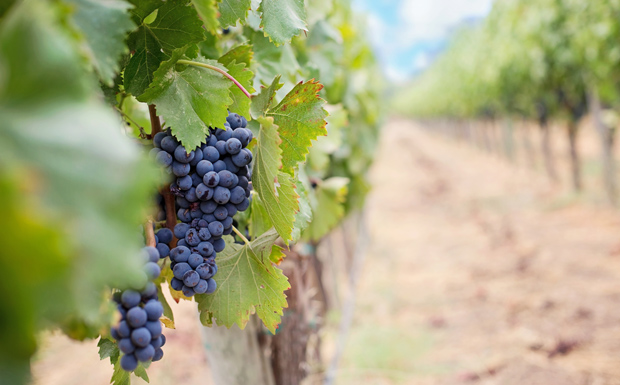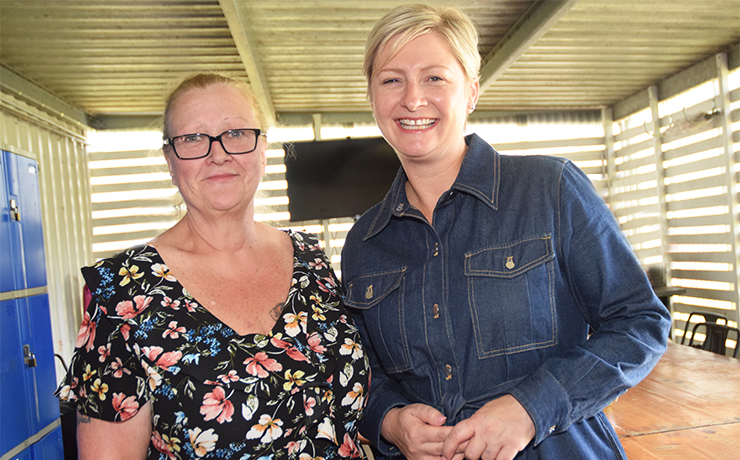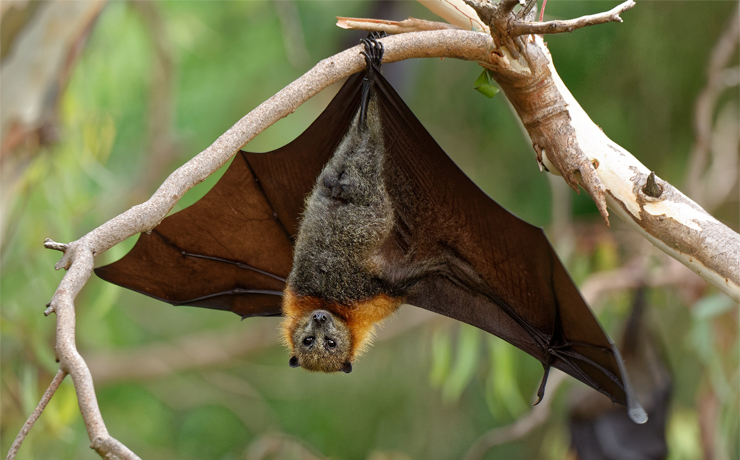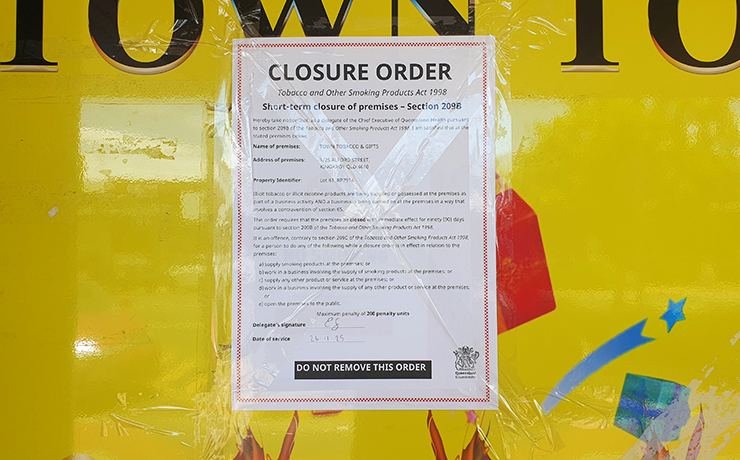
August 15, 2023
Even an early removal of Chinese anti-dumping tariffs will not be enough to stop Australia’s wine industry facing years of oversupply, Rabobank has warned in its latest Wine Quarterly report.
Improving trade relations between the two countries and the recent removal of Chinese tariffs on Australian barley has led to optimism that the five-year tariffs placed on Australian wine in March 2021 may be removed early.
However, the Rabobank report says, even in a “best case scenario”, with tariffs removed this year and Chinese consumption of Australian wine recovering quickly, Australia’s wine industry would still face at least two years to work through its current wine surplus.
Report author Pia Piggott said the current oversupply was the equivalent of 859 Olympic swimming pools worth of wine in storage.
“That’s over two billion litres of wine, or over 2.8 million bottles of the wine,” she said.
She said the oversupply was depressing prices, particularly for commercial red varieties.
“In the four years following the China-Australia Free Trade Agreement in 2015, the tariff on Australian wine reduced from 14 per cent to zero per cent, helping to double Australia’s market share in China from 12 per cent to 24 per cent,” Ms Piggott said.
China became a strong value market for Australian red wine varietals, making up 18 per cent of Australia’s export volume and 40 per cent of export value at its peak.
“When a slew of Chinese anti-dumping tariffs and soft bans hit various products exported by Australia in 2020-21, wine took the most notable hit, losing about one-third of export value from its peak in 2019,” she said.
“Unluckily, the tariff coincided with an exceptional growing season and Australia’s largest crush on record.
“Wine production for the ’21 vintage increased 36 per cent year on year, which would have in any case caused an oversupply.”
Ms Piggott said exports to the United Kingdom had also fallen from their peak in 2020.
“In the United States bulk wine has grown to represent 25 per cent of imports from Australia, with increasing volumes and declining average value,” she said.
“In 2023 and onwards we expect the UK and US will remain key export markets for Australian wine, however some headwinds remain.
“In the UK, implementation of new alcohol duty rates will increase duties payable on a typical bottle of Australian wine by 20 per cent.”
The Rabobank report said the Australian wine market would remain in oversupply for a considerable length of time.
“To return to balance and profitability, acreage needs to be reduced, thus over the next five years we will see rationalisation of assets throughout the supply chain,” it said.
Ms Piggott said for vineyards, margin pressure from both ends would remain high for some time, particularly for uncontracted vineyards with a high mix of red varieties.
She said the current market would provide “ample buying opportunities as distressed vineyard/winery assets come up for sale”.





















